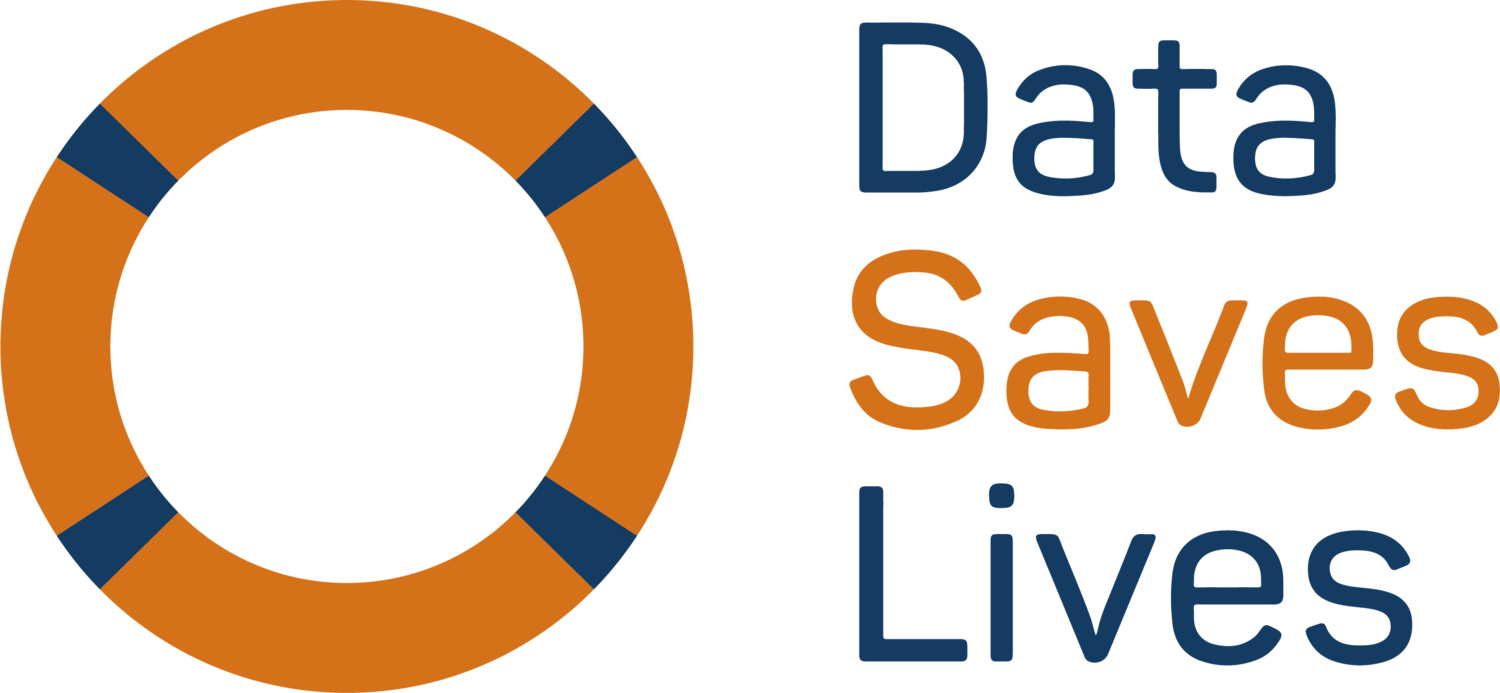A while ago I heard the following argument:
“An independent patient expert or patient advocate shouldn’t be given the same speaking platform as a patient organization, because they can only speak for themselves!”
Wow, I thought! This was a surprise to me, as the statement was said during the height of the pandemic, where social media became one of the most important sources to connect for many patients and as such, influencers and influencer marketing was a particularly hot topic.
Influencers are not just people talking about lifestyle products or fashion, by the way. Many people living with chronic diseases report about their life with the disease and so-called health or patient influencers have been recognized as important stakeholders in healthcare for years now.
These people, very often bloggers and Instagrammers, have very strong voices without being official members or representatives of a patient organization. They are heard by their communities and respected and identified as trustworthy sources.
As mentioned in the opening statement, it was said that these people, although doing a great job online, are only able to speak about their own experiences living with a chronic disease. They are not able to speak for others. An ‘n’ (number) of 1, as it were – to use the scientific term. I want to ask – is this really the case?
Let’s think about that and reflect.
It is a fact that many patient organizations have been around much longer than we have had social media. Self-help groups are an important thing for patients, because we all know that if you live with a chronic disease, you need support and information.
Patient organizations have been and remain an important part of life for many patients. It is one of their jobs to raise awareness and strengthen the voice of patients and to advocate for their communities.
This isn’t something I doubt. I have a lot of respect for patient organizations and support some of them voluntarily in my role as independent Patient Advocate, influential Blogger and journalist, Social Media Expert spezialising in patient communication.
But times have changed.
Over the years social media has come into patient lives. More possibilities to have an information exchange and find new sources of information and people to talk with. The framework for patients has expanded hugely. Bloggers, Twitter and Instagram users started to communicate, and Facebook Groups etc., became available. A new era of patient advocacy began at this time, the world of community engagement started to change. The world became more and more digital and so patients too became more digital. Their framework expanded.
The “new kids on the block” came up.
That means, social media users started to talk about their disease online and build networks. I was one of them. We started to learn how patient advocacy works and became respected and appreciated in our communities. In response, people started to share their stories with us and asked questions. The information exchange began.
The common goal!
We share the same goal as patient organizations have: to advocate for patients, to help and support. To stand up and grow awareness, connect people, strengthen the voice and make sure that their needs are known and heard from all stakeholders.
The only thing is: Social Media influencers do it differently.
We know social media has existed for more than 20 years now and patients started talking differently about their disease years ago. A new way of patient advocacy started.
Patients started to share information, reporting from conferences, participating at events, telling stories on the social media platforms to support and inform other patients.
Bloggers, Instagrammers or Twitterati etc., are competent and educated people, able to reflect and summarize, engage and communicate in valuable ways, tell the story of communities and try to help. They do patient advocacy. Maybe in a different way, but they do it all the same. In addition, mostly these people live with a chronic disease themselves, so they know exactly what their communities talk about.
They are being heard more and more over the years. They are becoming respected by many and this is a positive sign. Because they don’t have to tell just one, their own story. They tell many stories.. .
And therefore, it is worth collaborating with influencers, listening and talking with them, to work together with them to strengthen this common voice to be heard.
Because: N is not 1 > N = many!
By Birgit Bauer, Social Media & Digital Health Expert, Journalist, Speaker and Analyst. Data Saves Lives Editorial Board Member


